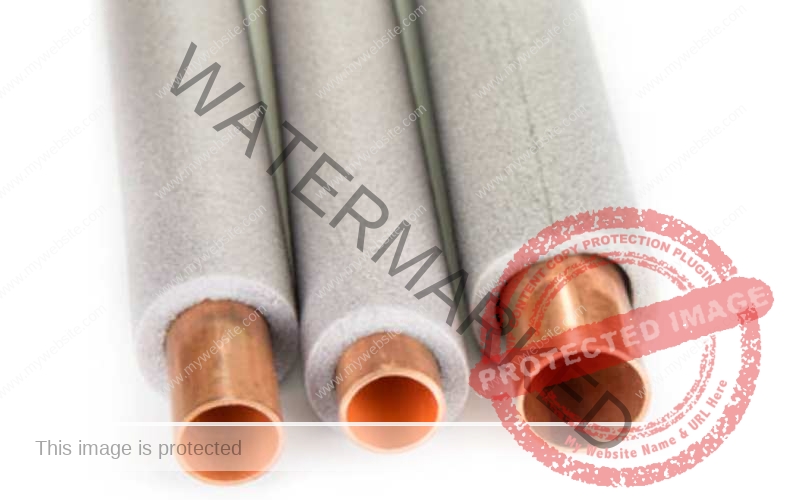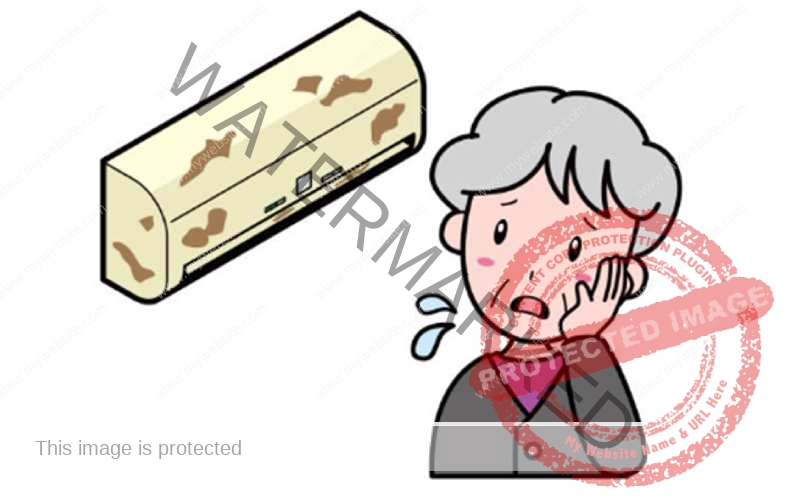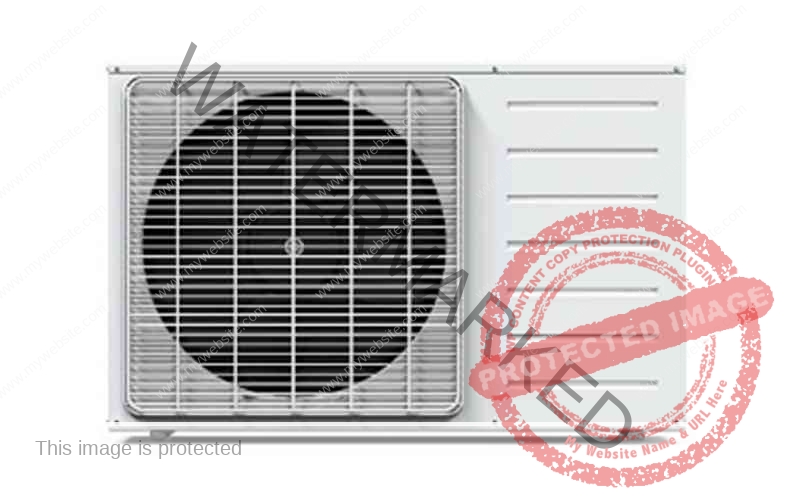
Aircon Refrigerants
May 22, 2023
Aircon Overhaul
June 30, 2023
Air Conditioner Pipes
A comprehensive guide to air conditioning pipe types, thickness and installation
When installing air conditioners, choosing the right pipes is critical to ensure efficient and effective operation. The air conditioner pipe acts as a refrigerant flow channel that enables the cooling process.
In this article, we will explore the different types of duct works available, discuss the best duct work options, learn about the importance of thickness, and provide a comprehensive guide to duct work installation.
Types of Air Conditioning Pipes Used
Copper pipe: Copper pipe is the most commonly used type of air conditioning pipe due to its excellent heat transfer properties, durability and corrosion resistance. They offer excellent thermal conductivity, which allows for efficient coolant flow and better heat exchange. Copper pipes are available in various sizes and can withstand high pressures, making them suitable for both residential and commercial air conditioners.
Aluminum Tube: Aluminum tube is an alternative to copper tube and is often used in smaller air conditioners or where weight reduction is a priority. They have a lower thermal conductivity than copper, but have better corrosion resistance. Aluminum pipes are light and easier to handle during installation.
Flexible pipe: Flexible air conditioning pipes, usually made of synthetic rubber or thermoplastic material, are used in ductless mini-distribution systems or to connect indoor and outdoor units. They offer flexibility and easy installation, allowing convenient routing around obstacles. However, their use is usually limited to shorter distances due to pressure limitations.
PVC Pipe: Polyvinyl chloride (PVC) pipes are commonly used to drain condensate in air conditioners. They are cheap, light and resistant to corrosion. PVC pipes are suitable for transporting dense water and are easy to install both vertically and horizontally.
The best air conditioner pipes
Choosing the best air conditioner pipe depends on several factors, such as the specific application, system size and budget. However, copper pipes are still the preferred choice for most air conditioners due to their excellent heat transfer properties, durability and long-term reliability. Copper pipes ensure optimal performance and efficient cooling throughout the life of the system.
The thickness of air conditioning pipes is an important consideration for optimal performance and durability. Thickness is measured based on the wall thickness or diameter of the pipe. Thicker pipes generally withstand higher pressures and withstand higher operating conditions. However, it is important to choose the appropriate thickness based on aircon system requirements to avoid unnecessary costs or inefficiencies.
Installation instructions for air conditioning pipes
The right size
Correct sizing of air conditioner piping is critical to ensure adequate refrigerant flow and prevent pressure drop. Pipes that are too large or undersized can lead to inefficient cooling and higher energy consumption. Consult the manufacturer's instructions or seek air conditioning professional help to determine the proper tubing for your air conditioning system.
Minimizing length and bending
Reducing the length of the air conditioning pipe and minimising the number of bends and turns are essential to maintain efficient refrigerant flow. Longer pipes and excessive bends can cause a drop in pressure and a decrease in cooling capacity. Plan the pipe layout carefully, ensuring the shortest and most direct paths between indoor and outdoor equipment.
Insulation
Proper insulation of air conditioning pipes is important to prevent condensation and energy losses. Insulated pipes help maintain the desired cooling capacity and minimise heat loss from the environment. Use high quality insulation materials, such as foam or rubber insulation, to completely cover the pipes, paying particular attention to areas of moisture or temperature fluctuations.




